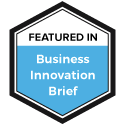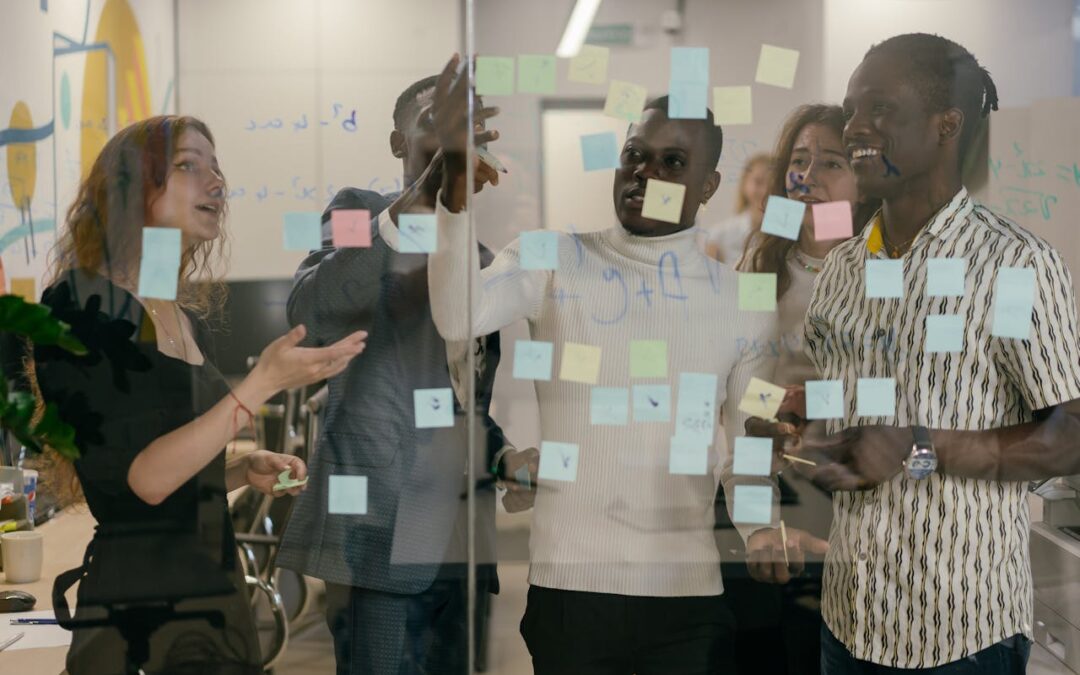
Empathy Under Pressure: How Empathetic Leadership Navigates Crisis with Clarity and Strength
Empathy Under Pressure: How Empathetic Leadership Navigates Crisis with Clarity and Strength
In times of crisis — whether economic, reputational, or operational — leadership is tested not by how quickly you react, but by how deeply you connect. The instinct to control, to “fix,” to revert to command-and-control thinking is strong under pressure. But the leaders who stand out aren’t the loudest or most reactive — they’re the ones who listen first, act with purpose, and keep their people anchored in trust.
“Empathetic leadership isn’t a luxury for calm times; it’s the backbone of resilience.”
I’ve seen this firsthand, both in my own leadership journey and in the organizations I’ve helped transform. Crises reveal the gaps in culture, communication, and cohesion. But empathy — real empathy — can close those gaps faster than any tactical playbook ever could.
Here’s how empathetic leadership shows up when it matters most:
Pause to Understand, Not Just React
Empathetic leaders slow the moment down. They create space for understanding before jumping into solution mode. That doesn’t mean inaction — it means intentional action. They ask: What are people experiencing? What’s the emotional temperature of the room? What are we not seeing?
It’s this pause that prevents avoidable mistakes, restores trust, and leads to solutions that stick.
Imagine a mid-sized tech company facing a product recall due to a software flaw. The instinct from leadership might be to fire off a PR statement, discipline the QA team, and rush a fix. But an empathetic leader gathers the impacted team first, asks them what went wrong, how they’re doing, and what support they need to respond thoughtfully. That brief pause creates alignment — and ultimately, a faster, better response.
Communicate with Transparency and Care
In crisis, silence is rarely neutral — it breeds fear. But generic, robotic updates don’t help either. Empathetic leaders communicate often, clearly, and with emotional resonance. They share what they know, what they don’t, and what they’re doing to bridge the gap. And they do it in a way that says, I see you. We’re in this together.
Crisis communication should feel more like a dialogue than a press release. Leaders who are transparent — not just with facts, but with emotion — build credibility when it matters most.
Picture a hospitality group suddenly hit by pandemic-related closures. The CEO hosts weekly town halls with staff, acknowledging uncertainty, answering tough questions, and being honest about financial realities. Employees — even those furloughed — feel respected, included, and hopeful. That’s the power of care paired with candor.
Empower Others to Rise
In high-stress moments, it’s tempting for leaders to take on everything themselves. But that’s a fast track to burnout — and disempowerment. The best leaders extend trust even during chaos. They invite others into the problem-solving process. They lean on shared intelligence. That’s not weakness. That’s wisdom.
Empowering others in a crisis multiplies your leadership. It gives people agency when they feel helpless, and it reveals hidden strengths you might have otherwise missed.
Take a marketing agency that loses a major client overnight. Instead of rallying only the executive team, the founder invites junior staff to brainstorming sessions. A 26-year-old strategist proposes a pivot to niche video campaigns — and it works. The agency survives, and the team grows stronger and more committed because they were part of the solution.
Balance Compassion with Clarity
Empathy doesn’t mean being soft. It means being human. Leaders who navigate crises with empathy don’t avoid hard conversations — they deliver them with dignity. They hold space for people’s emotions while remaining clear about what must happen next. Compassion and accountability are not at odds — they’re partners.
The most effective crisis leaders don’t sugarcoat reality. But they also don’t weaponize it. They speak truthfully, while reminding people that their value isn’t tied to the chaos around them.
Consider a founder who has to lay off 15% of their workforce. Instead of outsourcing it to HR, they personally meet with every impacted employee, explain the reasoning with empathy, and offer real support: references, severance, even job leads. The remaining team doesn’t fear they’re next — they respect that they’re part of a company that values people.
Turn the Crisis into Culture-Building
Every crisis is a cultural fork in the road. You can emerge fractured — or forged. Empathetic leaders use the experience to reinforce purpose, clarify values, and strengthen relationships. When people feel seen and supported during the worst moments, they become more committed in the best ones.
This is where purpose-driven cultures are either revealed or rebuilt. Crisis can crystallize what really matters — if you let it.
Imagine a SaaS startup that missed funding targets and had to downsize. Instead of retreating, the team holds a retrospective — not just on the numbers, but on how people felt, what they learned, and how they’ll support each other moving forward. They emerge with tighter bonds, clearer purpose, and a culture more resilient than before.
Final Thought
Crises don’t break organizations. They reveal them. And what gets revealed in an empathetically led organization is something powerful: character, commitment, and cohesion.
“Empathy under pressure isn’t just good leadership — it’s crisis leadership evolved.”
Let me know what resonates most with you. I’d love to hear how empathy has changed the way you or your team has navigated high-pressure situations.












Recent Comments